1. Name-Brand Cereal
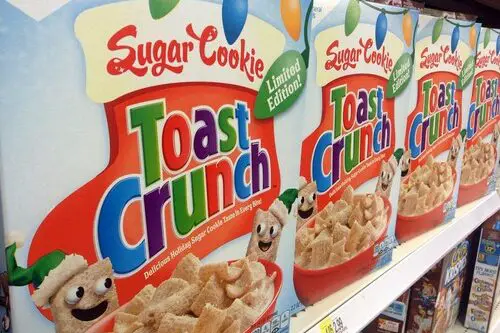
If your pantry had a box of Froot Loops or Lucky Charms instead of the knockoff “Fruit Rings,” you were living large—at least in the eyes of your classmates. Nothing screamed “my parents are doing fine” like the bright, sugary crunch of a name-brand cereal that came with a prize inside. Sure, it cost nearly double what the generic did, but it was worth it to feel like royalty at the breakfast table. And when friends came over and saw Tony the Tiger instead of some vague cartoon imposter? Instant social upgrade says Allrecipes.
Of course, you may have been eating ramen for dinner to balance it out, but that morning cereal box was the illusion of affluence. It didn’t matter if the rest of your groceries were from the clearance bin. The brand-name cereal did all the heavy lifting. It was one of the first status symbols we knew as kids adds Chowhound.
2. Capri Sun
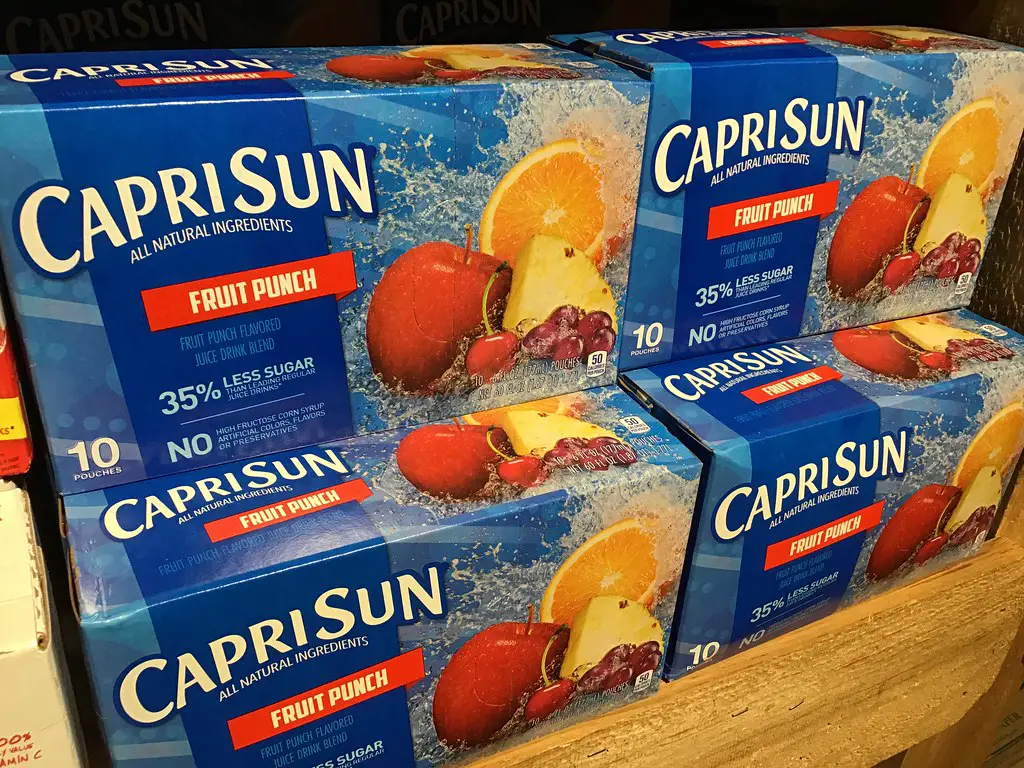
Bringing a shiny silver pouch of Capri Sun in your lunchbox was like carrying gold. Other kids had juice boxes or worse—tap water in a reusable bottle. But you? You got to jab that tiny straw into liquid sunshine. The flavors had names like Pacific Cooler and Wild Cherry, which made them feel exotic even if they were just sugary water shares Eater.
Capri Sun wasn’t cheap compared to regular juice, so if your parents kept it stocked, it meant they were splurging a little. Or maybe they had a coupon, but nobody needed to know that. To us, it meant you were living the good life. At least until the pouch exploded in your backpack says Hypebeast.
3. Lunchables
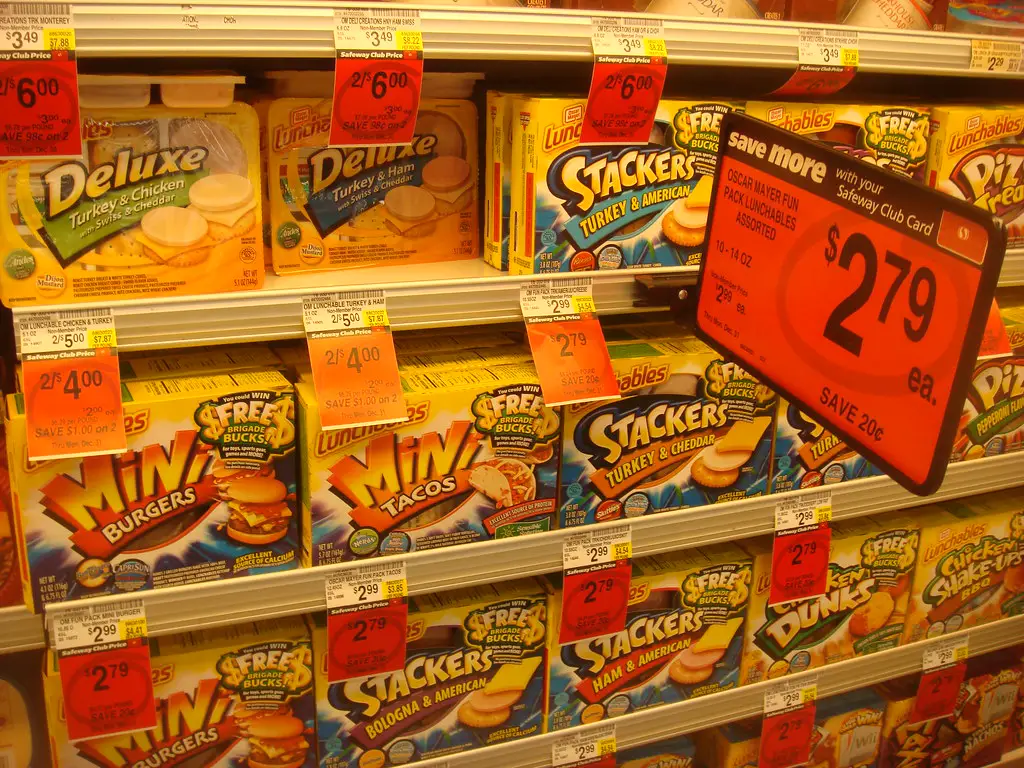
Having a Lunchable at school instantly bumped you up the cool ladder. You didn’t need a Thermos or a sandwich bag—you had a plastic tray of cheese, crackers, and lunch meat that you assembled yourself like a little culinary architect. And if it was the pizza one? Forget it. You were basically a millionaire in fourth grade.
Lunchables were pricier than making a sandwich at home, so if you had one regularly, people noticed. They were often a treat, not a staple, so getting them even semi-regularly made it look like your family was doing pretty well. It was like edible bragging rights. Whether or not you actually liked the taste didn’t even matter.
4. Yoplait Yogurt
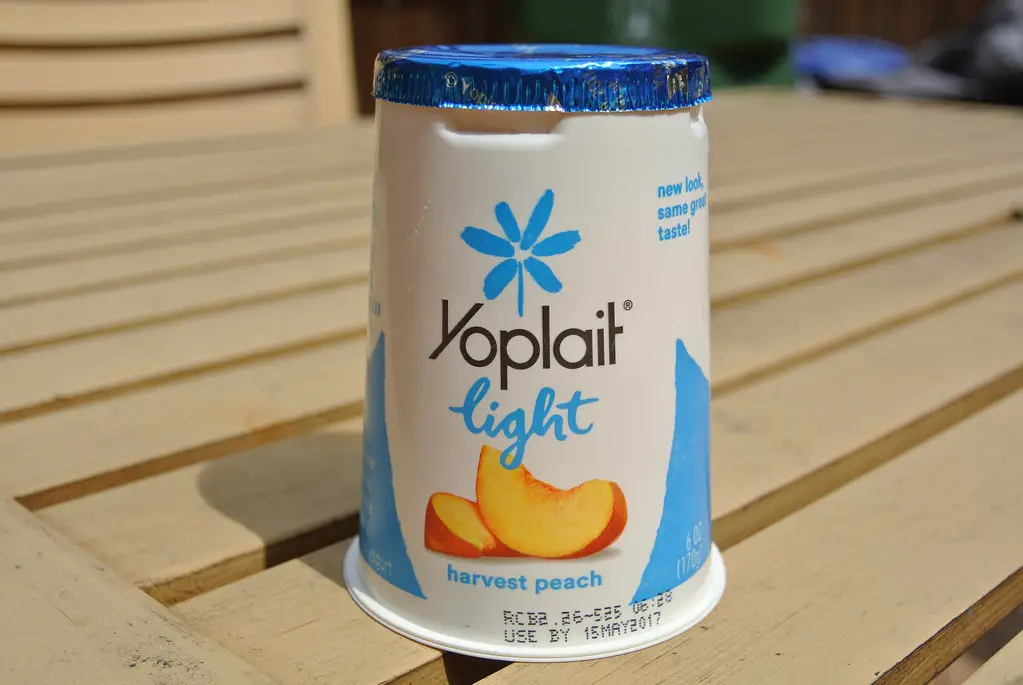
This was no plain store-brand yogurt—it was creamy, came in fun flavors, and had that weirdly satisfying foil lid. If your mom packed one of those in your lunch, it meant someone was investing in a brand-name dairy product. Strawberry Banana was practically a rite of passage, and let’s not forget how fancy you felt eating out of a container that wasn’t just a sad white tub.
Yoplait wasn’t a need—it was a want. That made it luxurious in its own small way. Your family might have been budgeting everywhere else, but a fridge with a shelf full of Yoplait felt like a tiny victory. Plus, peeling back that lid just right without splashing it on your shirt? Pure skill.
5. Gushers
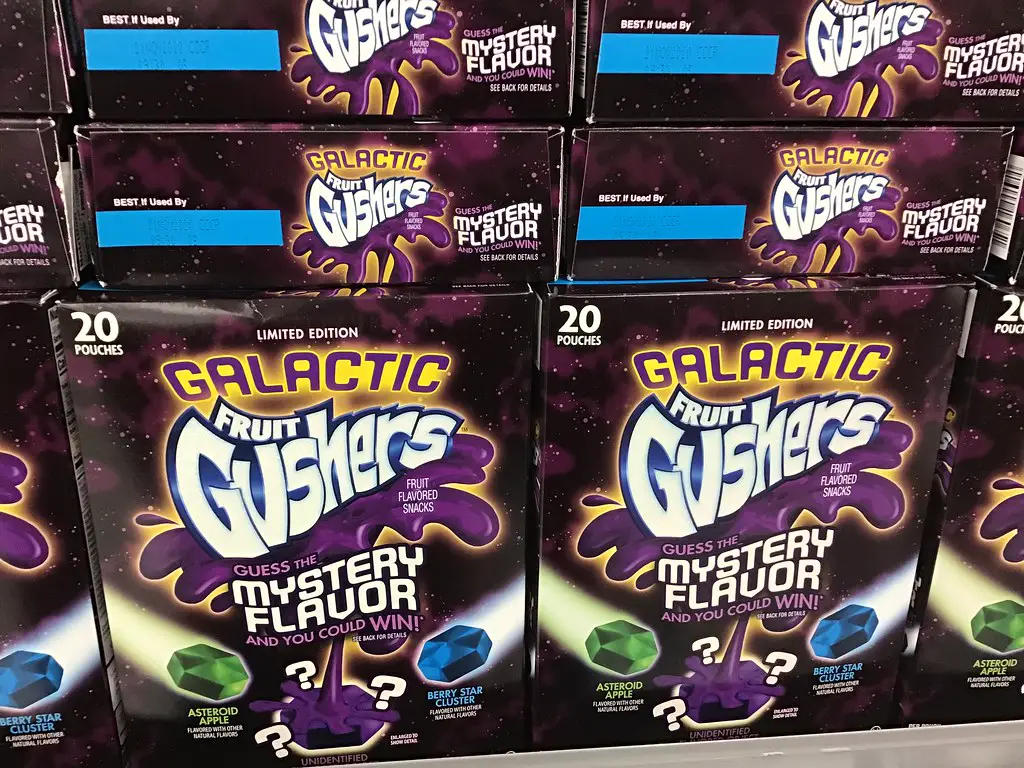
If you unzipped your lunchbox and found a pack of Gushers, you were officially that kid—the one everyone wanted to trade with. They were fruit snacks on steroids, with that gooey center that burst in your mouth. They didn’t serve much nutritional purpose, but they served social currency like nothing else. People would give up their cookies or chips for a single pack.
Gushers weren’t usually part of the weekly grocery run unless things were going unusually well—or there was a birthday coming up. They felt a little extra, and that was the point. Even if money was tight, tossing Gushers into the cart once in a while sent a message: “We got this.” Even if you really, really didn’t.
6. Bottled Water
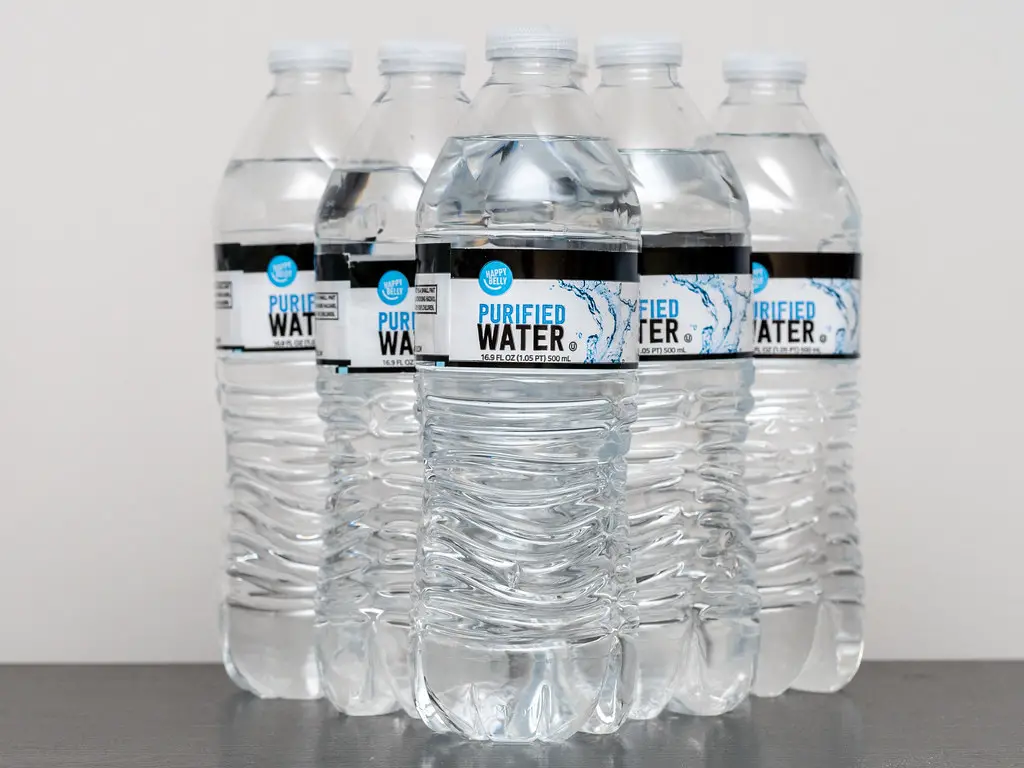
Before it became standard, having bottled water in the house was strangely luxurious. Why pay for something that comes out of the tap unless you had a little wiggle room in the budget? Seeing a 24-pack of Dasani or Aquafina in the garage felt like your family had reached a new level of grocery shopping. It was subtle, but it said a lot.
Sure, maybe you were reusing each bottle a dozen times, but at least you had them to begin with. For some households, bottled water was saved for special outings or guests. But if you drank it daily, you were living a little bit differently. And the kids who brought one in their backpack? Definitely gave off “we’re doing just fine” energy.
7. Pop-Tarts
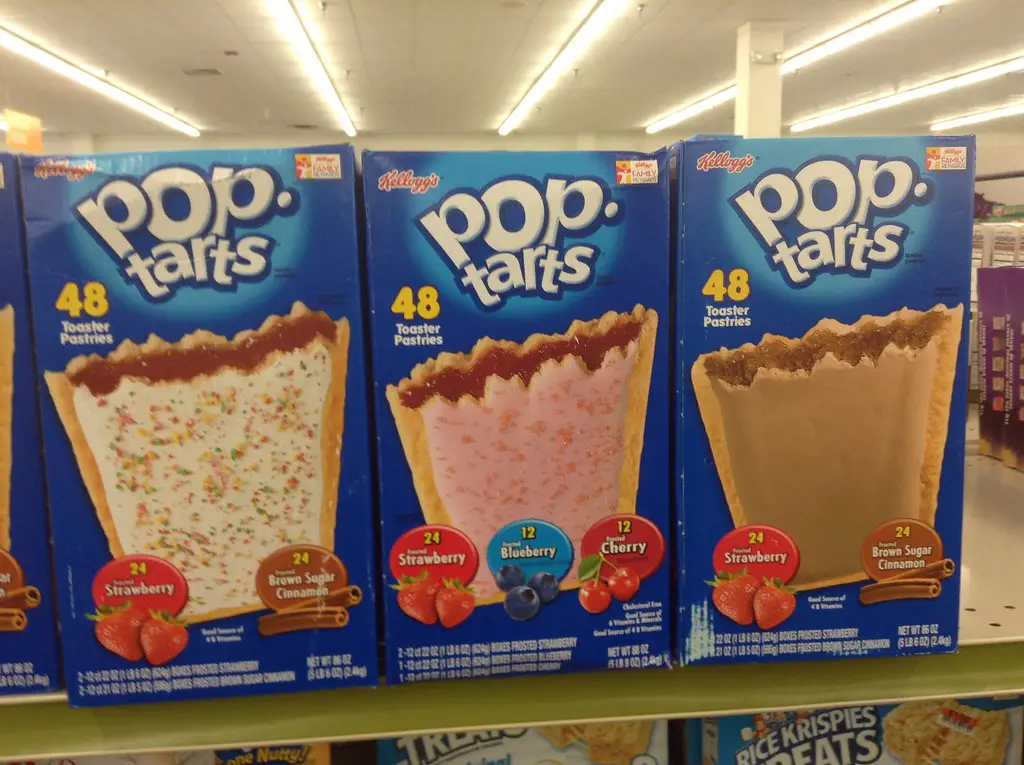
Unfrosted store-brand toaster pastries were fine, but the real deal—Kellogg’s Pop-Tarts with frosting and sprinkles—felt like dessert for breakfast. If you had a variety pack with multiple flavors? That was next-level. No one needed Pop-Tarts. But if they were in your pantry, it meant someone sprung for the brand that had the commercials with flying pastries.
Kids would eye your Strawberry or Brown Sugar Cinnamon ones like they were currency. You’d occasionally see someone try to trade their whole lunch for a pack. Pop-Tarts were fun, sugary, and kind of unnecessary, which made them the perfect “we’re doing alright” grocery item. Even if your parents were eating leftovers to make up for it.
8. Eggo Waffles
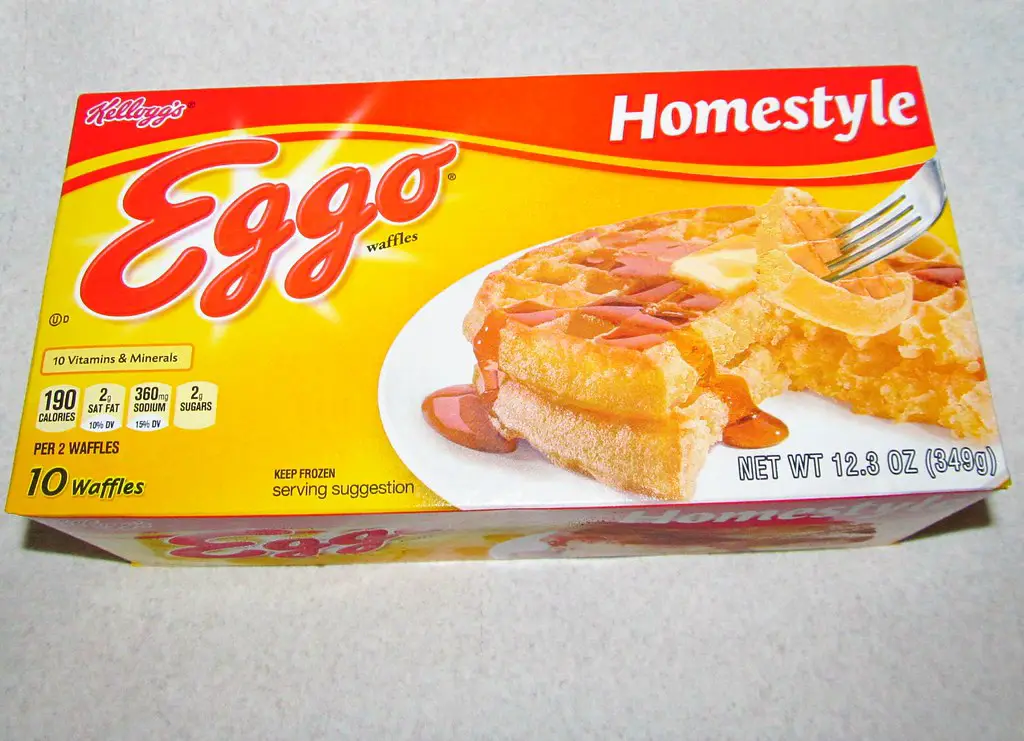
If your freezer was stocked with boxes of Eggo waffles, it was basically a breakfast billboard that said, “We have it together.” The homemade kind took time and effort, but Eggos popped right out of the toaster, perfectly crispy and uniform. Bonus points if you had syrup and whipped cream to go with them. You didn’t just eat—you brunched.
Frozen waffles weren’t the cheapest breakfast option, and they were often passed up for more affordable options like toast or oatmeal. So if your family kept Eggos around, it was a small splurge that felt big. And let’s be real—if you had the chocolate chip ones? People noticed. You were waffle-rich.
9. String Cheese

String cheese was one of those oddly premium snack items. It wasn’t just cheese—it was entertainment. Peeling it apart into little strings was half the fun, and it made lunch or snack time feel a little more high-end. It wasn’t a necessity, and that’s what gave it that “we’re doing fine” vibe.
You could get a block of cheese for less, but string cheese was about convenience and fun. If your lunchbox had one, you were automatically cooler. It didn’t matter if you were on a strict grocery budget otherwise. That little plastic-wrapped stick felt like a cheese status symbol.
10. Name-Brand Soda
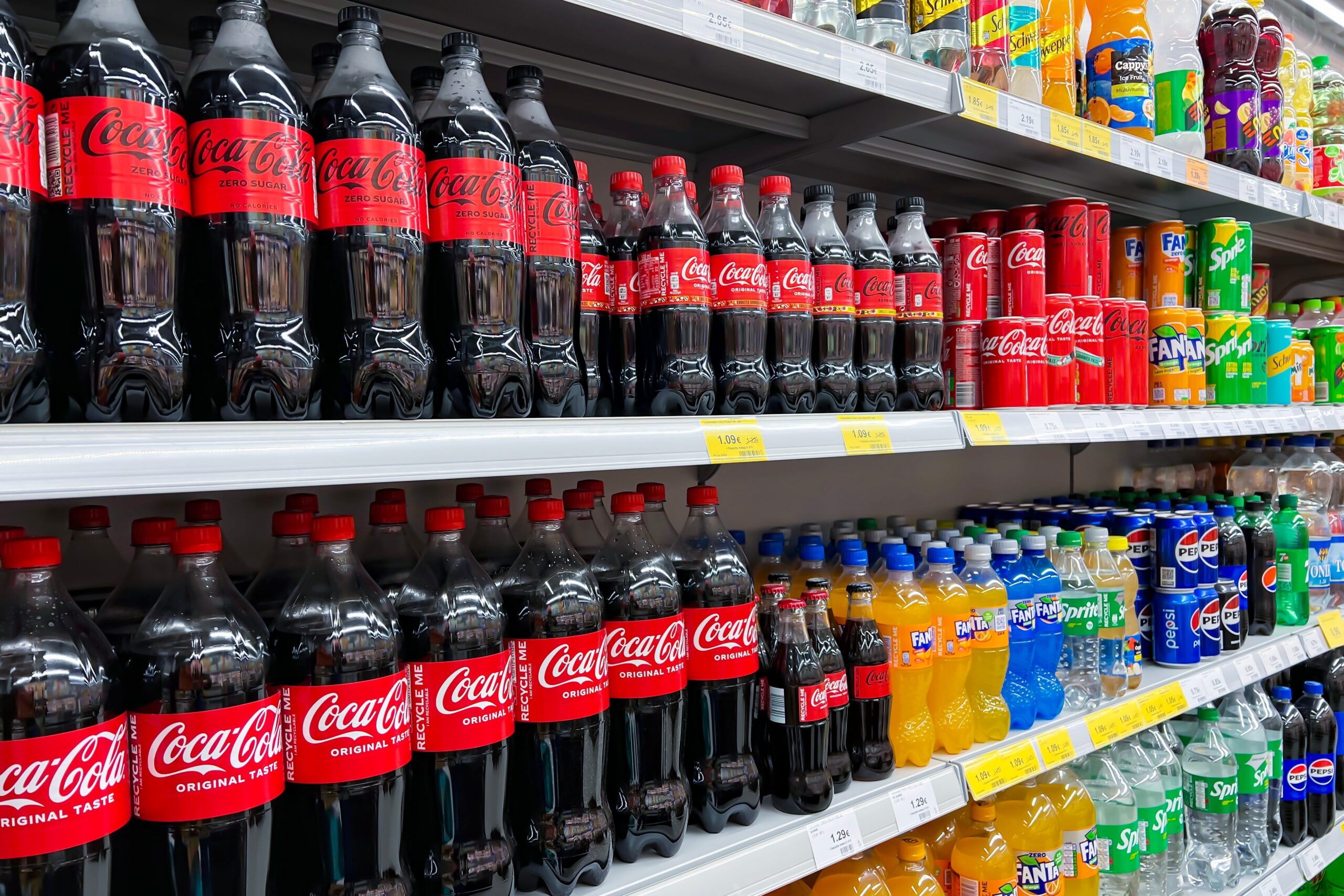
Having cans of Coke or Pepsi in the fridge was a major flex. Generic sodas tasted fine, but the real stuff had a certain edge to it. If your parents let you bring a name-brand soda to a picnic or a friend’s house, it was a quiet little brag. Even better if it came in a 12-pack from Costco.
Soda wasn’t just a beverage—it was a treat, and brand mattered. A fridge full of Sprite instead of “lemon-lime soda” said your family could swing it. And if you had multiple types? You were practically hosting your own convenience store. It was the little things that gave away the illusion of comfort.
11. Stouffer’s Frozen Dinners
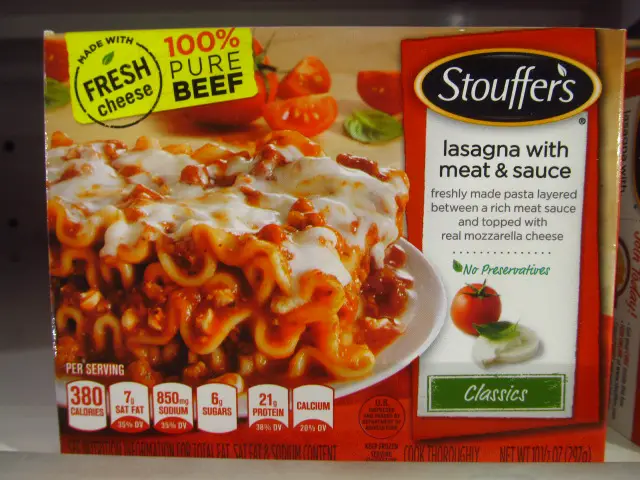
Microwavable meals weren’t cheap, and Stouffer’s was one of the pricier names in the game. That red box with steaming lasagna or Salisbury steak on the front? Instant credibility. It said, “We’re too busy for homemade dinner, but we’re not skimping either.” A few boxes in the freezer could make it look like things were humming along smoothly.
Stouffer’s wasn’t survival food—it was choice food. You could taste the difference between that and the generic frozen trays. It felt intentional, not desperate. Whether or not you were behind on bills, a freezer full of Stouffer’s sent a very different message.
12. Bagged Salad Mixes
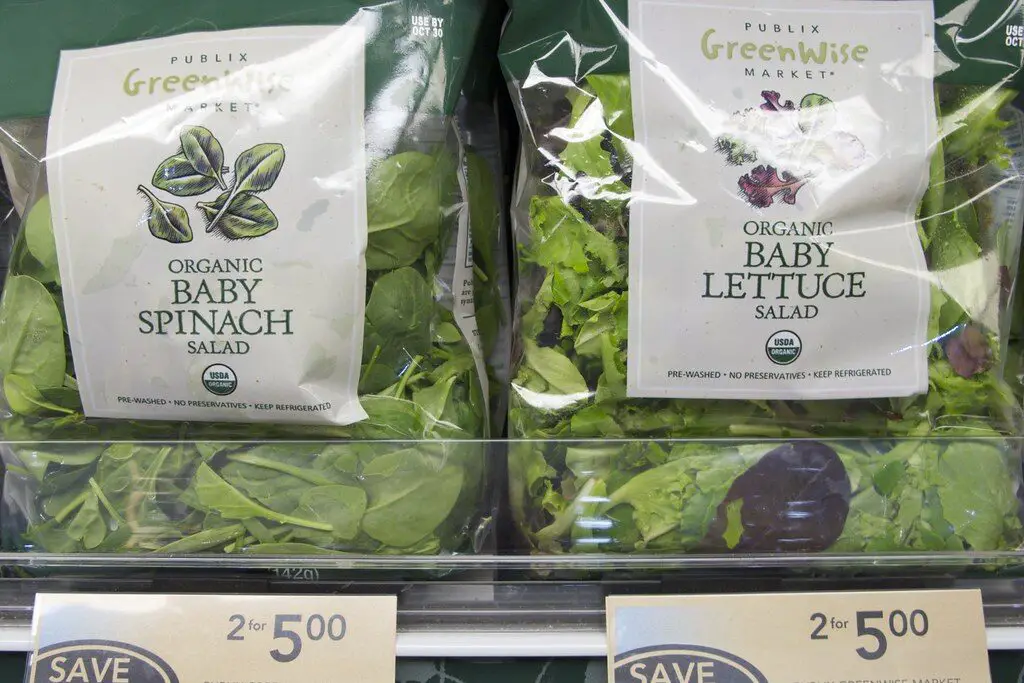
Sure, you could chop a head of lettuce yourself, but buying a pre-washed, pre-mixed bag of salad was the equivalent of outsourcing your vegetables. It was for people who valued time, convenience, or maybe just really liked croutons and ranch dressing all in one bag. It felt bougie in a quiet, leafy way.
These bags weren’t exactly cheap, especially when they had things like shaved parmesan or dried cranberries included. Having a few on hand meant you were willing to pay extra for ease. Even if everything else in the cart was budget-friendly, that bagged salad mix made it look like you were prioritizing health and time. It was grocery cart theater at its finest.
13. Toll House Cookie Dough
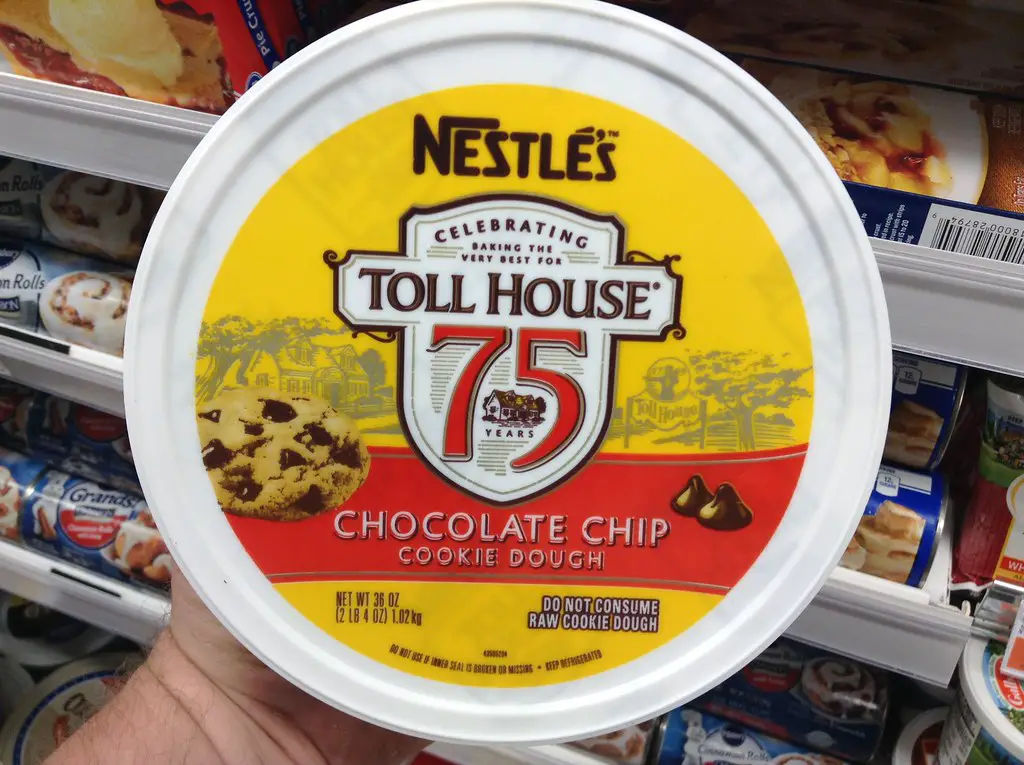
Homemade cookies are lovely, but there’s something about popping open a tube of Toll House dough that screams indulgence. You didn’t need to measure or mix—just scoop and bake. The smell alone could convince you your life was together. And let’s be honest, half of it never even made it into the oven.
Buying name-brand cookie dough was the kind of splurge that felt special. It was more than just dessert—it was a reward. Even if money was tight, having a roll of this in the fridge made you feel rich for a few minutes. At least until it was gone in one night.
14. Fancy Coffee Creamer
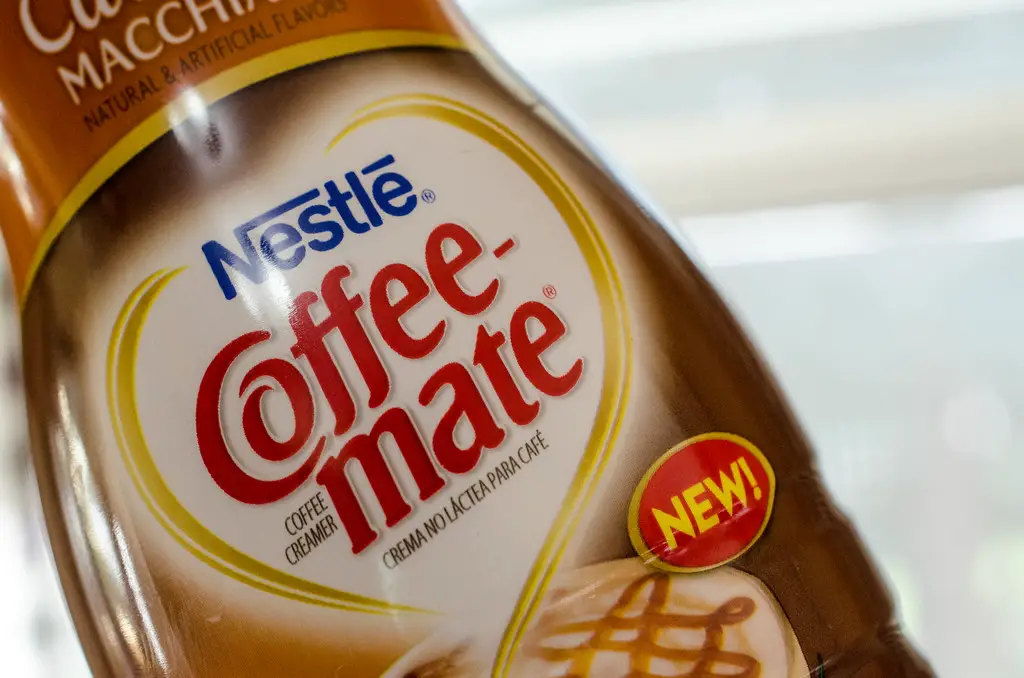
Basic milk or powdered creamer was fine, but those big plastic bottles of flavored creamer? They were like dessert in your morning cup. French Vanilla, Hazelnut, or even seasonal Peppermint Mocha—each one made you feel like you were starting the day at a coffee shop instead of your cluttered kitchen. And you couldn’t help but feel a little proud pouring it in.
Those bottles weren’t cheap, but they made every cup of coffee feel intentional. It was a little luxury that said, “I treat myself, even if just with my morning brew.” People might skip breakfast entirely to justify buying one. It was a small but mighty grocery item in the illusion of “doing well.”
15. Rotisserie Chicken
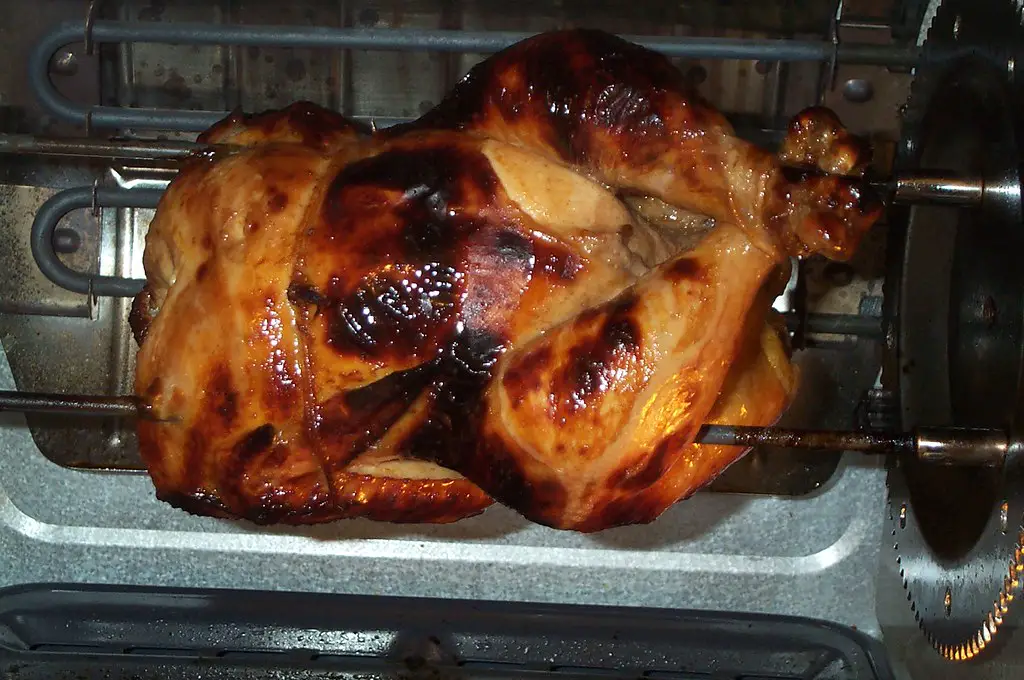
That warm, glistening chicken under the heat lamps at the store felt like the crown jewel of the grocery run. It was already cooked, seasoned, and ready to feed a family with minimal effort. You didn’t have to be rich to buy one, but it still felt like a splurge—like you were skipping the stress and going straight to the good stuff.
Rotisserie chicken said, “We have our act together tonight.” It looked impressive on the table, even if you paired it with instant mashed potatoes and canned corn. And for a few moments, it made dinner feel like an occasion. Not bad for under ten bucks.
